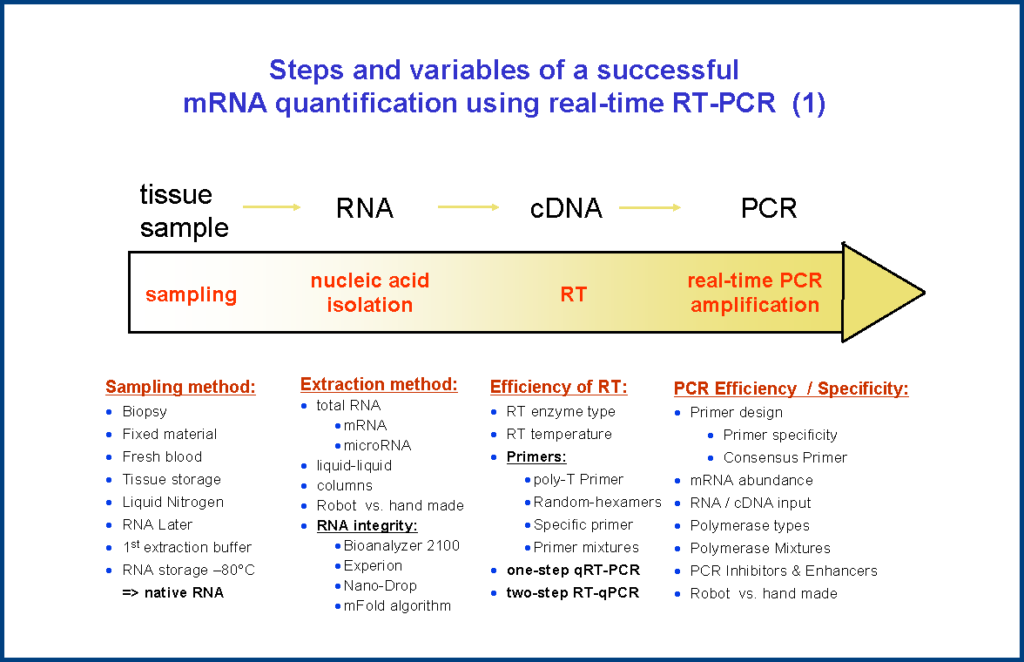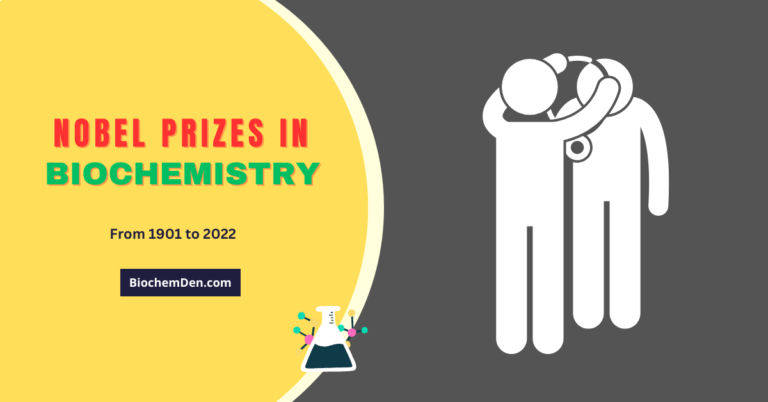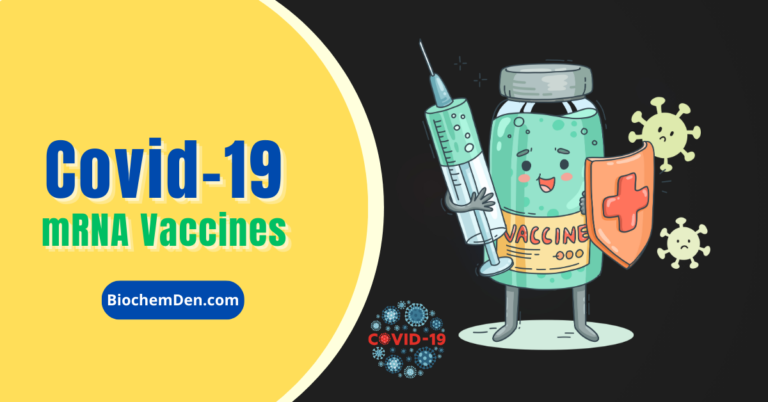Real-time PCR (polymerase chain reaction) is a powerful technique that allows for the quantitation of specific mRNA molecules in a sample. This technique is widely used in research, diagnostic, and clinical settings for the detection and quantification of disease-related genes, as well as for gene expression analysis.
In this article, we will discuss the principle and applications of real-time PCR for mRNA quantitation, as well as its advantages and limitations.
Principle of Real-time PCR for mRNA Quantitation
Real-time PCR is based on the same principle as traditional PCR, which amplifies specific DNA sequences by repeatedly heating and cooling the sample to denature and re-anneal the DNA molecules. However, this PCR uses special fluorescent dyes or probes that bind to the amplified DNA and emit a signal that can be detected by a specialized instrument.

This allows for the real-time detection and quantification of the amplified DNA during the PCR reaction, without the need for gel electrophoresis or other post-PCR analysis.
When real-time PCR is used for mRNA quantitation, the first step is to convert the mRNA molecules in the sample to cDNA using reverse transcription (RT) enzymes.
This is necessary because mRNA molecules are unstable and rapidly degraded, whereas cDNA molecules are more stable and can be used for PCR amplification.
Once the cDNA is obtained, This R-T PCR can be performed using primers and probes specific to the gene of interest. The primers are designed to bind to specific regions of the cDNA, while the probe is designed to bind to a specific region between the primers. The probe is also labeled with a fluorescent dye or a quencher, which allows for the real-time detection of the amplified cDNA.

Applications of real-time PCR for mRNA quantitation
Real-time PCR for mRNA quantitation has many applications, including:
- Gene expression analysis: real-time PCR can be used to measure the relative or absolute expression levels of specific genes in a sample. This can be useful for understanding the role of a gene in a particular biological process or disease.
- Diagnostics: Real-time PCR can be used to detect and quantify disease-related genes, such as those associated with cancer or viral infections. This can be used for early diagnosis and monitoring treatment responses.
- Drug discovery and development: Real-time PCR can be used to measure the effectiveness of drug candidates by measuring the expression levels of target genes before and after treatment.
- Biomarker discovery: Real-time PCR can be used to identify genes that are differentially expressed in a particular disease, which can be used as potential biomarkers for diagnosis or prognosis.
Advantages and Limitations of Real-Time PCR for mRNA Quantitation
Real-time PCR for mRNA quantitation has several advantages, including:
- High sensitivity and specificity: It can detect deficient levels of mRNA, making it suitable for detecting rare or low-abundance genes.
- High throughput: It can be performed in a 96-well format, allowing for the simultaneous quantitation of multiple genes.
- Easy to automate: It can be automated, making it suitable for large-scale studies.
However, real-time PCR for mRNA quantitation also has some limitations, including:
- requires a pure sample: Real-time PCR is sensitive to the presence of other nucleic acids or substances that can interfere with the PCR reaction. Therefore, it is important to obtain a pure sample of mRNA before performing real-time PCR.
- Not suitable for detecting rare mutations: It is not ideal for detecting rare mutations, as it amplifies the wild-type sequence, which may mask the presence of a mutant allele.
- Requires a reference gene: It is based on relative quantitation, which means that the expression levels of the gene of interest are compared to a reference gene. However, the choice of reference gene can affect the results, and it is important to choose a reference gene that is stably expressed in the sample.
Conclusion
Real-time PCR for mRNA quantitation is a powerful technique that allows for the detection and quantification of specific mRNA molecules in a sample. It has many applications in research, diagnostics, and drug discovery and development.
However, it is important to consider the limitations of real-time PCR for mRNA quantitation, such as the need for a pure sample, the inability to detect rare mutations, and the requirement for a reference gene. Researchers should also be aware of the importance of choosing the correct primer and probe and the need for proper experimental design and controls.
Despite these limitations, real-time PCR for mRNA quantitation remains a valuable tool for understanding gene expression and its role in disease and drug discovery.
With the advancement of technology and the development of new probes and primers, real-time PCR for mRNA quantitation will continue to play an important role in the fields of biochemistry and molecular biology.
Discover more from Biochemistry Den
Subscribe to get the latest posts sent to your email.






